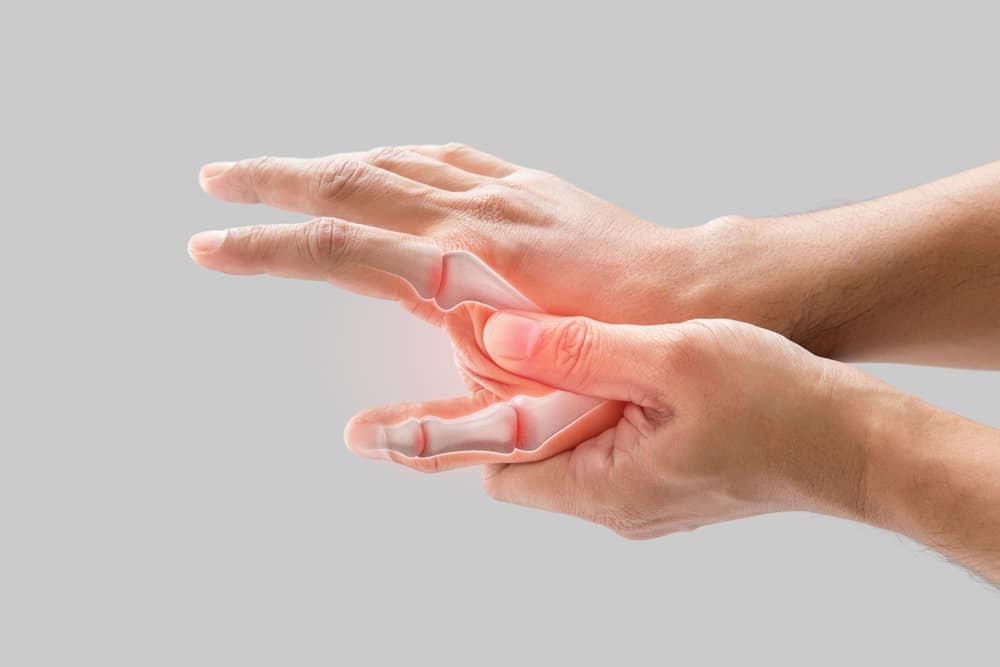
Rheumatoid arthritis (RA) is a chronic inflammatory condition that affects the joints and, in some cases, other body systems. It’s an autoimmune response, where the immune system mistakenly attacks healthy tissue. Because RA can lead to long-term joint damage and decreased quality of life if left unmanaged, early detection is crucial. The earlier you understand what’s happening in your body, the sooner you can begin working with your care team on strategies to support your health and wellbeing.
In this blog, we’ll walk you through the process of a rheumatoid arthritis diagnosis, including symptoms to watch for, diagnostic tests, classification criteria, and what to expect throughout the process.
Recognizing the early signs of RA can help you seek timely support. While symptoms vary from person to person, some of the most common early indicators include:
These symptoms can resemble other health conditions, which is why it’s important to consult a practitioner who can help guide you through the diagnostic process.
A rheumatoid arthritis diagnosis typically begins with a thorough history and symptom review, followed by targeted lab testing. The most commonly used blood tests include:
These lab results don’t offer a definitive diagnosis on their own but are part of a broader picture that helps your provider understand what’s going on.
In addition to lab tests, imaging plays a key role in the diagnostic process. These tools help visualize joint inflammation and detect early damage, even before symptoms become severe.
These imaging techniques assist in assessing both the presence and progression of joint inflammation, helping tailor a care plan suited to each individual.
To support consistency in diagnosis, the American College of Rheumatology (ACR) and the European League Against Rheumatism (EULAR) developed a points-based system to classify RA. While this tool is used mainly in research and clinical settings, it helps explain how providers assess your condition.
The criteria evaluate four key categories:
A total score of 6 or more (out of 10) suggests definite RA. However, this is not a checklist patients are expected to complete themselves. It's a tool providers use in context with your full health picture.
The diagnostic journey can take time, particularly in the early stages when symptoms may be subtle. Here’s what you can expect:
At Revive Integrative Health, our approach is rooted in personalized care. We take the time to listen, evaluate, and guide you toward a comprehensive strategy for managing your joint health.
An accurate rheumatoid arthritis diagnosis helps build a clear path forward. At Revive Integrative Health, we focus on integrative care that supports joint function, reduces inflammation, and promotes long-term wellness using:
Rather than focusing on symptom suppression, our goal is to support your body’s natural ability to regulate inflammation and maintain mobility.
Navigating the path to diagnosis can be overwhelming, but you don’t have to do it alone. Whether you’re in the early stages of symptom recognition or seeking answers after months of discomfort, you deserve compassionate, holistic care.
At Revive Integrative Health, we’re here to help guide you through your rheumatoid arthritis diagnosis and beyond. We believe in empowering patients through education, support, and personalized strategies to help manage chronic conditions with confidence and clarity.
Ready to take the next step? Contact Revive Integrative Health to schedule your initial consultation and begin your journey toward improved joint health.
"*" indicates required fields